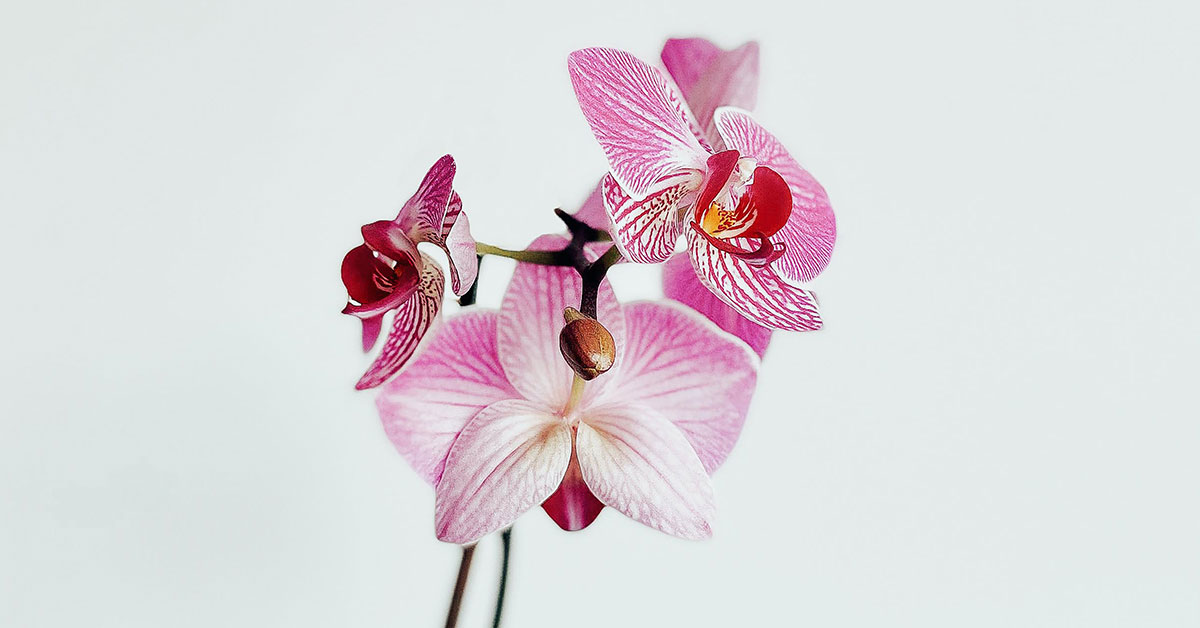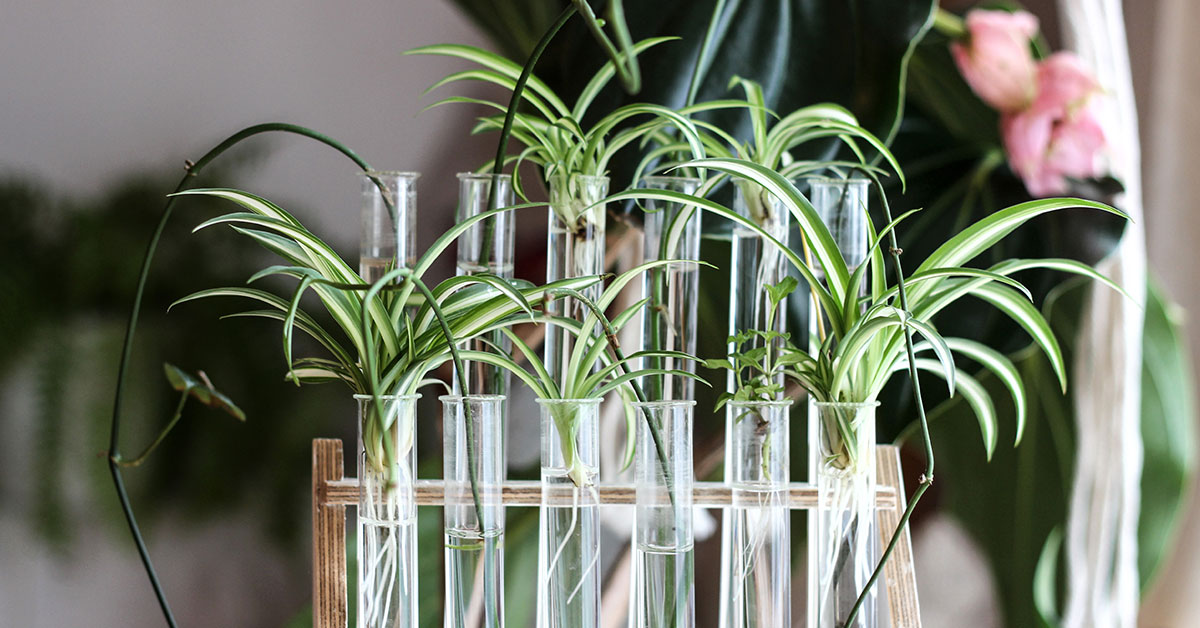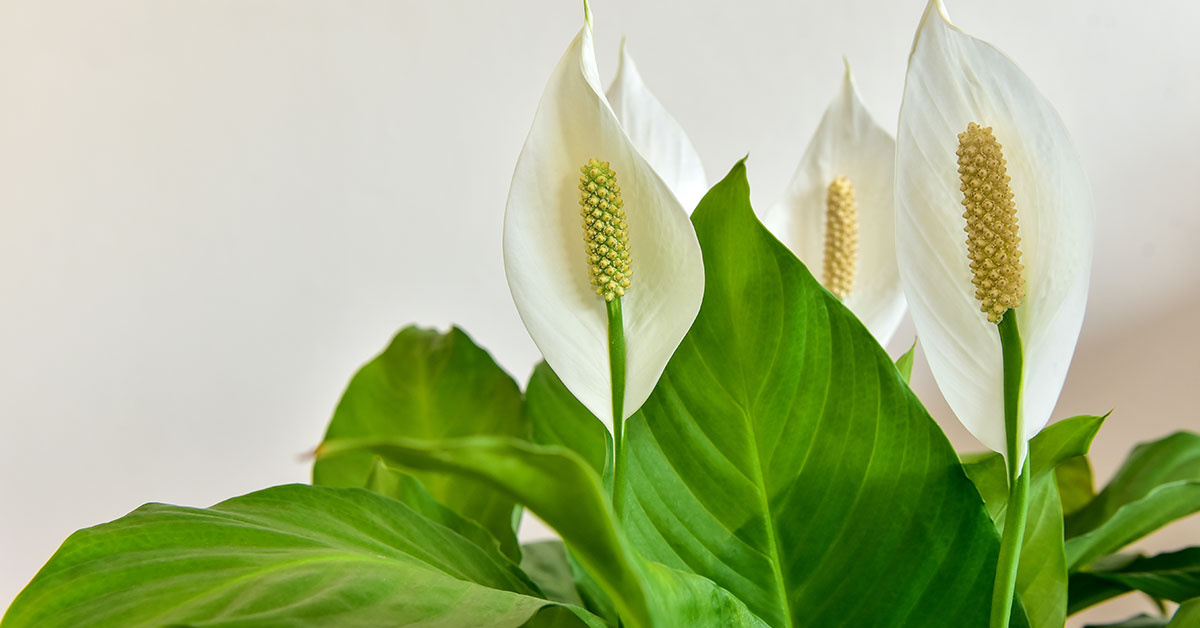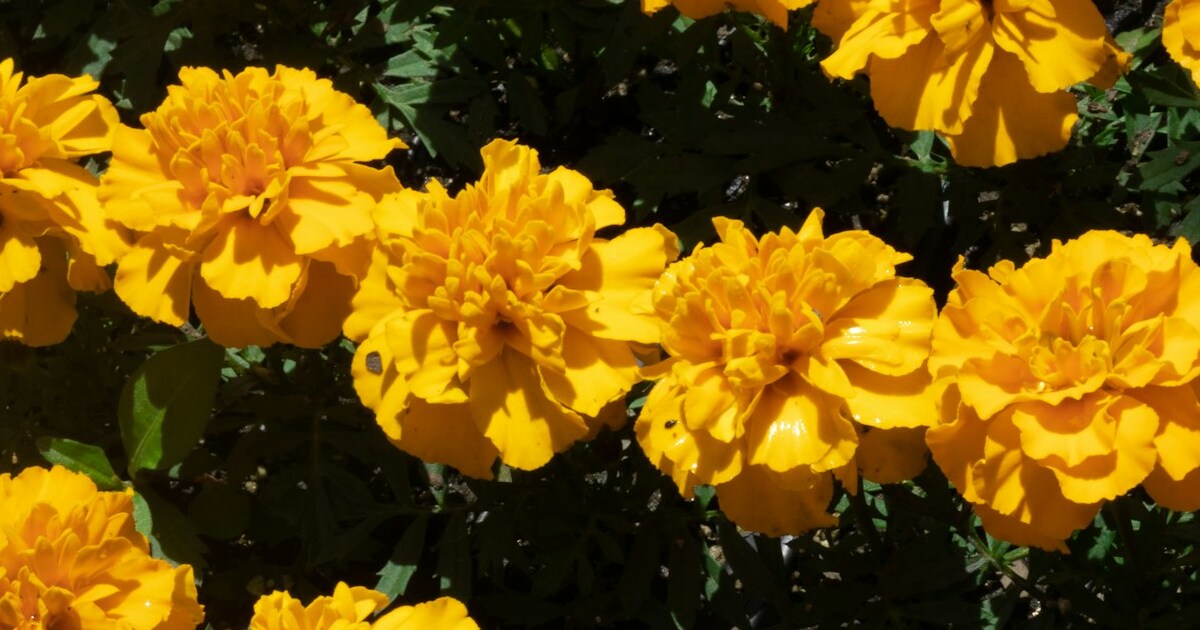The Texas Bluebonnet (Lupinus texensis) is a stunning flower that is native to Texas and can be seen blooming across the state every spring. It is known for its vibrant blue color and its unique shape, which resembles a small, delicate butterfly. The Texas Bluebonnet has become an iconic symbol of Texas, and its beauty has even inspired festivals and celebrations throughout the state. In this article, we will explore the history, symbolism, and care of the Texas Bluebonnet.
What is a Texas Bluebonnet?
The Texas Bluebonnet, also known as Lupinus texensis, is a species of lupine that is the state flower of Texas. It is a member of the pea family and is known for its distinctive blue-purple color. The Texas Bluebonnet is an annual plant that typically grows to be between 12 and 24 inches tall. It has a stem covered in small hairs and leaves that are divided into three to seven leaflets.
The flowers of the Texas Bluebonnet are what make it such a beloved plant. They are shaped like a pea flower, with a distinctive banner petal that is white with a dark spot. The other petals are a rich blue-purple color that is truly stunning. The flowers bloom in the spring, typically from March to May, and can be seen across the state of Texas.
The Texas Bluebonnet is a hardy plant that can survive in a range of soil types, but it prefers well-drained soil. It is also drought-tolerant, which makes it a popular choice for landscaping in Texas. The plant is relatively easy to grow from seed, and it can be sown in the fall or early spring for best results.
Overall, the Texas Bluebonnet is a beautiful and iconic plant that is a source of pride for Texans. Its striking color and hardy nature make it a popular choice for landscaping, and it is a symbol of the state’s natural beauty.
Where is the Texas Bluebonnet native?
Texas Bluebonnet, scientifically known as Lupinus texensis, is a stunning wildflower that is native to North America. It is a member of the pea family and is one of the most beloved flowers in Texas. The Texas Bluebonnet is also the state flower of Texas, which further emphasizes its significance in the region.
The Texas Bluebonnet is native to several states in the United States, including Texas, Oklahoma, Louisiana, Mississippi, and Arkansas. However, it is primarily found in Texas, where it has become an iconic symbol of the state. The flower is so popular in Texas that it has been designated as the official state flower since 1901.
The Texas Bluebonnet is mainly found in the central and southern regions of Texas, where it grows in large numbers along roadways, fields, and meadows. It is a hardy plant that can adapt to different types of soil, but it thrives in well-drained soil with plenty of sunlight.
In recent years, the Texas Bluebonnet has become a popular garden plant, and many people outside of Texas are now growing it in their gardens. However, it is essential to note that the Texas Bluebonnet is a wildflower, and it is best to leave it growing in its natural habitat.
How to start Texas Bluebonnet seeds
If you’re looking to grow Texas Bluebonnets (Lupinus texensis) in your garden, starting them from seed is a great option. Here are some steps you can follow to get started:
- Choose the right time to plant: Texas Bluebonnet seeds should be planted in the fall, between September and November. This gives them enough time to establish themselves before the hot summer months.
- Prepare the soil: Texas Bluebonnets prefer well-drained soil with a slightly acidic pH level. Make sure the soil is loose and free of debris before planting.
- Sow the seeds: Scatter the seeds over the soil surface, then cover them with a thin layer of soil. It’s important not to bury the seeds too deep, as they need sunlight to germinate.
- Water regularly: Keep the soil moist but not waterlogged. Watering once a week should be sufficient, but adjust based on weather conditions.
- Wait for germination: Texas Bluebonnet seeds can take anywhere from 10 days to 3 weeks to germinate. Be patient and keep the soil moist during this time.
- Thin out seedlings: Once the seedlings have grown a few inches tall, thin them out to allow for proper spacing. Texas Bluebonnets should be spaced about 6-8 inches apart.
- Care for the plants: Texas Bluebonnets are relatively low-maintenance plants, but they do require some care. Water them regularly, and fertilize once a month during the growing season. Deadhead spent flowers to encourage more blooms.
By following these steps, you should be able to successfully start your own Texas Bluebonnets from seed. Enjoy the beautiful blooms and the sense of pride that comes with growing your own plants from scratch!
How to grow Texas Bluebonnets (Lupinus texensis)
If you’re looking for a stunning addition to your garden or landscape, the Texas Bluebonnet (Lupinus texensis) is an excellent choice. Texas Bluebonnet is the state flower of Texas, and it’s easy to see why. With its iconic blue-purple petals and white tips, the Texas Bluebonnet is a sight to behold.
Here are some tips on how to grow Texas Bluebonnet:
- Choose the right location: Texas Bluebonnets thrive in full sun, so look for a spot in your garden that gets at least six hours of direct sunlight each day. Also, make sure the soil is well-draining and not too rich in nutrients.
- Plant at the right time: Texas Bluebonnets are annuals, meaning they grow for one year and then die. The best time to plant them is in the fall, around September or October. This gives the seeds time to establish before winter.
- Prepare the soil: Before planting, loosen the soil to a depth of six inches and mix in a small amount of compost or other organic matter. This will help improve soil drainage and provide some nutrients for the plants.
- Plant the seeds: Scatter the seeds over the prepared soil and lightly rake them in. You can also plant them in rows if you prefer. Make sure the seeds are not planted too deeply; they should be just below the soil surface.
- Water regularly: Keep the soil moist but not waterlogged, especially during the first few weeks after planting. After the plants are established, they are drought-tolerant and don’t need much water.
- Enjoy the blooms: Texas Bluebonnets typically bloom in the spring, from March to May. They will grow to be about one to two feet tall and will produce beautiful blue-purple flowers.
By following these tips, you can enjoy the beauty of Texas Bluebonnets in your own garden. Happy planting!
Fun facts about Texas Bluebonnets!
This beautiful flower is not only the state flower of Texas but also a symbol of the state’s pride and heritage. Here are some of the most interesting facts about the Texas Bluebonnet:
- The Texas Bluebonnet is a member of the pea family (Fabaceae). It is an annual plant that can grow up to 1-2 feet tall. The plant produces beautiful blue flowers that have a distinct shape that resembles that of a bonnet.
- The Texas Bluebonnet is an important part of Texas culture. It was adopted as the state flower of Texas in 1901. The flower is also the subject of many songs, poems, and paintings that celebrate the state’s natural beauty.
- The Texas Bluebonnet is not just blue. Although the blue variety is the most common, Texas Bluebonnets can also be found in shades of pink, white, and lavender.
- The Texas Bluebonnet is a tough plant that can survive in adverse conditions. It is drought-tolerant and can grow in poor soil. This makes it a popular choice for gardeners who want to add a touch of Texas to their gardens.
- The Texas Bluebonnet is more than just a pretty flower. It is also used as a cover crop to improve soil quality. The plant’s roots fix nitrogen in the soil, which helps to enrich it for other plants to grow.
- The Texas Bluebonnet has a fascinating history. Legend has it that the flower was named after a group of pioneer women who wore blue bonnets during the Texas Revolution. The blue bonnets were a symbol of their bravery and determination.
In conclusion, the Texas Bluebonnet is more than just a beautiful flower. It is a symbol of Texas pride and heritage, a tough and versatile plant, and a fascinating part of Texas history. It is no wonder that this stunning wildflower is beloved by Texans and admired by people from all over the world.















